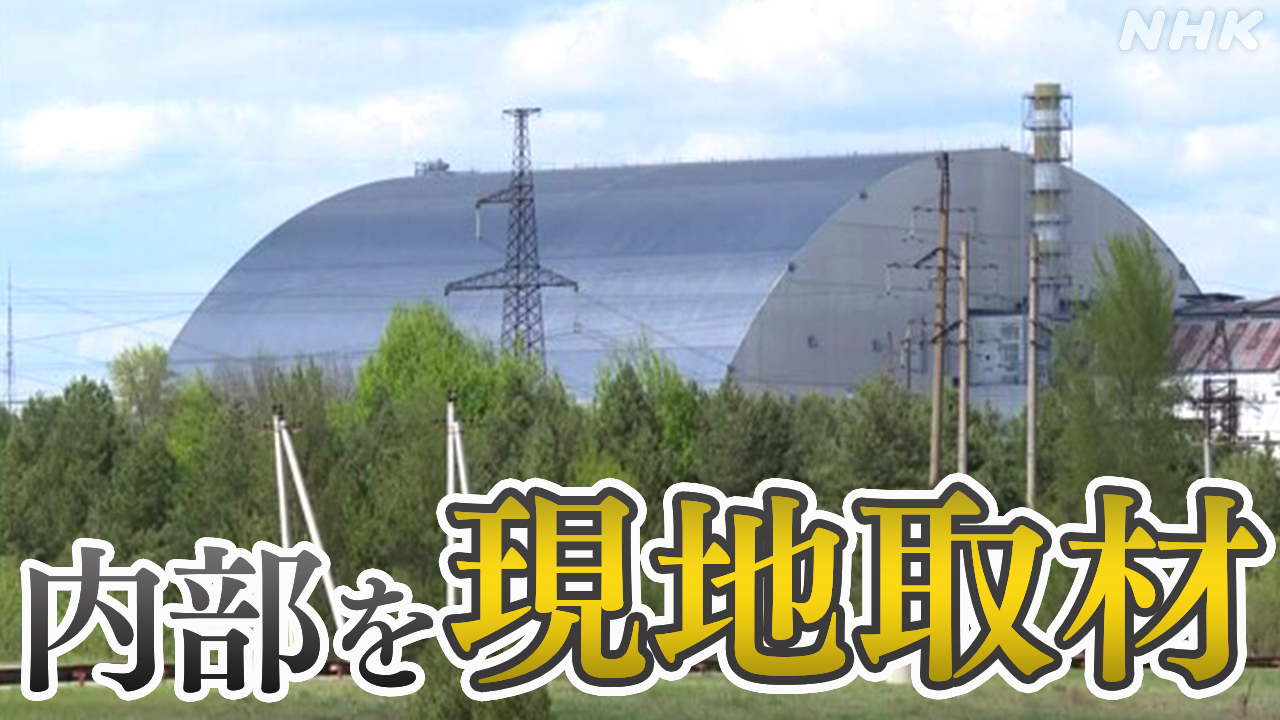Chernobyl's Damaged Shelter: A Post-Conflict Report - Assessing the New Challenges
The Chernobyl disaster, a catastrophic nuclear accident in 1986, continues to cast a long shadow. While the immediate aftermath involved heroic efforts to contain the fallout, the long-term consequences, particularly concerning the damaged reactor shelter, remain a complex and evolving challenge. This report examines the current state of the Chernobyl New Safe Confinement (NSC), its vulnerabilities, and the ongoing efforts to ensure long-term safety, especially considering the recent geopolitical context of the conflict in Ukraine.
The New Safe Confinement: A Necessary but Imperfect Solution
The Chernobyl New Safe Confinement (NSC), completed in 2016, is a colossal arch-like structure designed to encase the damaged reactor and prevent further radioactive material release. This monumental feat of engineering was hailed as a critical step in securing the site. However, the structure's longevity and resilience, especially amidst unexpected circumstances like war, require ongoing monitoring and assessment.
Challenges and Vulnerabilities
- Aging Infrastructure: Even the NSC is subject to the effects of time and weather. Maintaining its structural integrity over decades requires constant inspection and potential repairs. The ongoing conflict has undoubtedly exacerbated these challenges, potentially delaying necessary maintenance.
- Geopolitical Instability: The ongoing conflict in Ukraine poses significant risks. The proximity of the Chernobyl Exclusion Zone to active conflict areas raises concerns about potential damage to the NSC or disruption of crucial monitoring and maintenance operations. Security breaches, while thankfully limited to date, remain a real threat.
- Funding and Resources: The long-term management of Chernobyl requires substantial financial resources. International collaborations have played a crucial role, but maintaining consistent funding levels in the face of global economic shifts and regional conflicts remains a significant challenge.
- Environmental Factors: The harsh Ukrainian climate, including extreme temperatures and potential extreme weather events, continuously tests the resilience of the NSC. Understanding and mitigating the impact of these factors is crucial for long-term stability.
Monitoring and Research: A Continuous Effort
Despite the challenges, ongoing monitoring and research are critical to understanding the long-term safety of the Chernobyl site. Scientists and engineers continue to collect data on radiation levels, structural integrity, and the environmental impact of the disaster. This information informs crucial decision-making regarding maintenance, remediation, and future planning.
International Collaboration: A Key to Success
International cooperation remains vital for the effective management of Chernobyl. Organizations such as the IAEA (International Atomic Energy Agency) play a crucial role in providing expertise, technical assistance, and coordinating international efforts. Sustaining and strengthening this collaboration is essential in light of the current geopolitical climate.
Looking Ahead: The Future of Chernobyl
The future of Chernobyl's damaged shelter hinges on a sustained commitment to safety, ongoing monitoring, international collaboration, and robust funding. The impact of the recent conflict serves as a stark reminder of the vulnerability of even the most advanced safety measures. Addressing these challenges effectively will ensure the long-term protection of the environment and the health and safety of future generations.
Further Reading:
- – Learn more about the IAEA's involvement in Chernobyl's remediation.
- – Explore the latest scientific findings on the site's long-term effects.
Call to Action: Stay informed about the ongoing efforts to secure the Chernobyl site. Follow reputable news sources and scientific publications to understand the complexities of this ongoing challenge.
